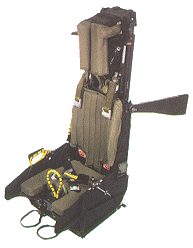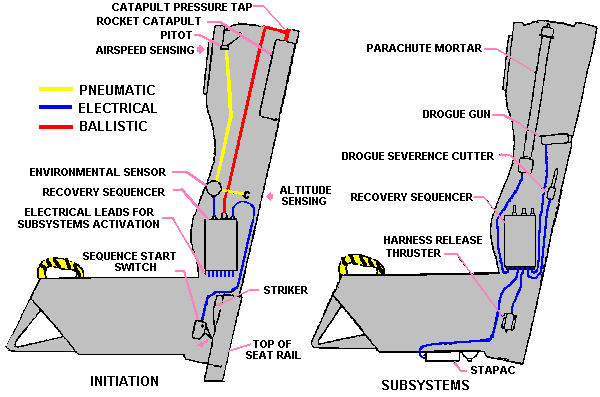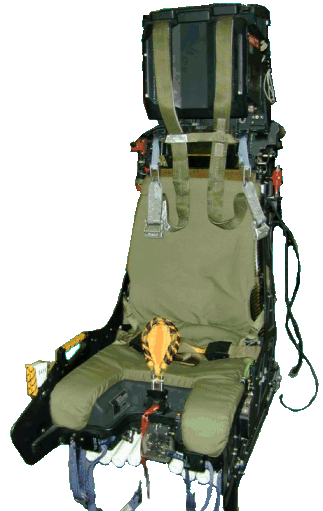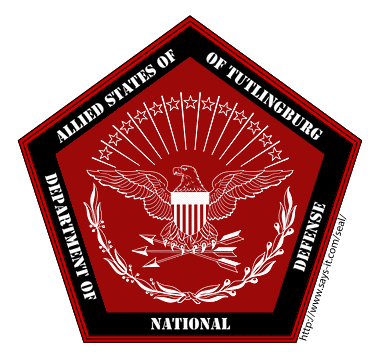It may be passed on to another nation further. If you do not receive a reply within a week, consider it confirmed.
Symmetriad Aerospace Systems, a dealer of the Symmetriad Group, is proud to present our latest product - an entirely new, fourth generation of ejection seats.
While normally we would not make a public release for a product that isn't a complete vehicle, in this case, we believe, the ejection seat differs so radically from the existing third generation seats that it is worthy of being sold on its own.
Symmetriad Laertes IV ergonomics components can be retrofitted into older aircraft, or incorporated into new designs.
A full description follows below, but we'll highlight some of the most useful features:
* Laertes IV seats use rocket engines rather than explosives for ejection. Precise thrust and direction control enables the seat to successfully save the pilot in otherwise impossible situations, such as ejecting upside down at low altitude or even from a small depth underwater.
* Rocket-powered ejection also greatly lowers the stress on pilot's body. In conventional seats, pilots sustain a severe shock to the spine while being shot out of the aircraft, almost always receiving an injury that often disables them from flying again. Laertes IV seats limit acceleration and jerk to safe limits, preventing substantial health damage.
* Unique ergonomics features, such as full adjustment, assisted movement, and active vibration absorption, can extend effective crew endurance by as much as 50-100%.
* If used with complementary suit and helmet, the Laertes IV system provides strong multi-point support for pilot's body, allowing him or her to withstand higher-g maneuvers.
* Equipped with an independent computer system, the seat can predict a crash or missile hit, and, if this function is enabled, eject the pilot when destruction is imminent. This can reduce the number of both false ejections and failures to eject.
The prices vary from $350,000 for the most basic variant to $1,400,000 for a complete package. Domestic production rights are also available. More detailed pricing follows in the description.












